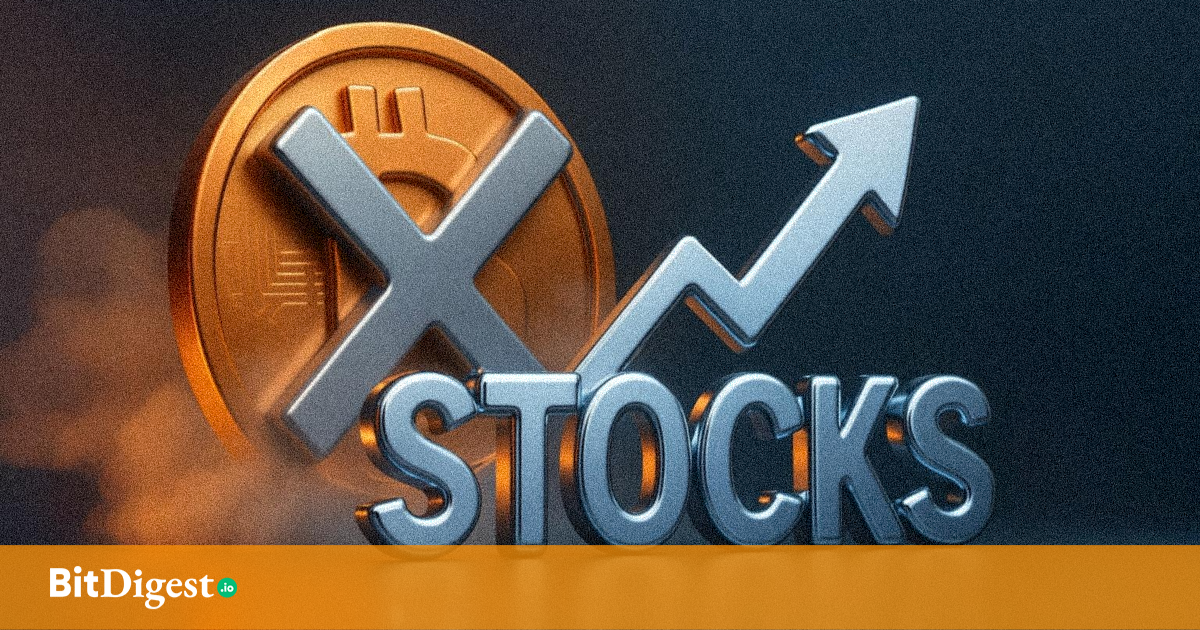The Looming Bitcoin Supply Crunch: Less Than 15% Left on Exchanges
It’s been a little over a year since the Bitcoin halving in April 2024, and so far, around 93% of all Bitcoin has already been mined. That means fewer than 1.12 million BTC are left to be mined. Bitcoin’s built-in cap of 21 million coins is now causing ripple effects, from top crypto exchanges to the rest of the market.
Statistics show that around 70% of the total Bitcoin supply hasn’t been traded since the last halving. Whether those coins are in cold storage, considered lost, or simply being HODLed longer, the result is the same: fewer Bitcoins are available for active trading, and market liquidity is decreasing.
Who’s Buying All the Bitcoin?
Institutions and public companies are the main factors fueling this squeeze. BlackRock’s iShares Bitcoin Trust alone holds over 662,500 BTC. Michael Saylor’s firm, Strategy, owns nearly 600,000 BTC, or nearly 3% of all Bitcoin that will ever exist. It has spent years raising capital through debt and equity just to expand its holdings, and has often purchased more Bitcoin in a week than what miners produce.
Other major players include Grayscale and Binance, which both hold top-10 ranked wallets, and GameStop, Trump Media, and Tether-backed firms which now use BTC in their treasuries. Together, these entities account for about 3.47 million BTC.
Bitcoin held on centralized exchanges has now dropped below 11% of the total circulating supply and is now at its lowest level since 2018. In June 2025 alone, reserves fell nearly 10%, bringing the total amount of funds down to just 2.48 million BTC.
Of course, other forces are also at play. Aside from the effect of regular Bitcoin halvings, millions of coins are also presumed lost or dormant.
Scarcity vs. Utility: A Shift in Bitcoin’s Role?
Despite massive accumulation, Bitcoin’s on-chain activity remains relatively flat. Metrics like daily transactions and active addresses have shown little growth, even as price and institutional demand soar. This suggests that Bitcoin is deviating from its original function as a currency used for peer-to-peer transactions and instead is being used as a long-term store of value. More users now treat it as “digital gold” rather than “digital cash,” focusing on preservation over spending.
Bitcoin is increasingly being locked in cold storage, institutional treasuries, and ETF custodians. With fewer BTC on exchanges and less incentive to sell during bull markets, even retail investors are leaning into the HODL mindset. This, in turn, pushes Bitcoin’s utility as a currency further into the background.
If institutions, corporations, and even governments keep acquiring BTC in a low-supply environment, the result could be a self-reinforcing cycle: price increases drive more interest, which further restricts supply. The top 100 wallets now control about 15% of all Bitcoin, and many belong to large institutions or custodial services. With so little BTC available to trade, large price moves, such as sell-offs from major holders, could ripple through the market with greater impact.
What This Means for the Average Investor
Overall, Bitcoin is becoming harder and more expensive to acquire. With rising institutional demand and shrinking exchange reserves, retail investors may face higher fees and growing barriers to entry. Meanwhile, new investors could find themselves discouraged by high entry prices and low availability. Buying an entire Bitcoin is already out of reach for most, and in time, even small purchases may become less accessible. This benefits long-term holders, but may frustrate those who simply want to use Bitcoin for everyday payments or crypto trading.
As ETFs and public companies lock away more BTC, retail investors may have less influence over price trends. If a major fund decides to sell all its holdings, it could trigger major disruptions across the market.
With tighter supply, we can expect prices to be more volatile. Traders will need to adapt their strategies, using tools like limit orders and focusing more on market structure than simple price charts.
As ETFs and custodians take control of more Bitcoin, decentralization becomes harder to preserve. Although the protocol remains open and permissionless, it would take only a single move from the top players to impact the entire market.
Whether increasing scarcity leads to new all-time highs or exposes deeper market weaknesses will depend on how the Bitcoin ecosystem adapts to this new reality. For now, the spotlight remains on the few still buying and the shrinking amount left to buy.
.svg)


.svg) SHARE TO FACEBOOK
SHARE TO FACEBOOK SHARE TO TWITTER/X
SHARE TO TWITTER/X SHARE TO LINKEDIN
SHARE TO LINKEDIN SEND TO MAIL
SEND TO MAIL





.svg)


.svg)